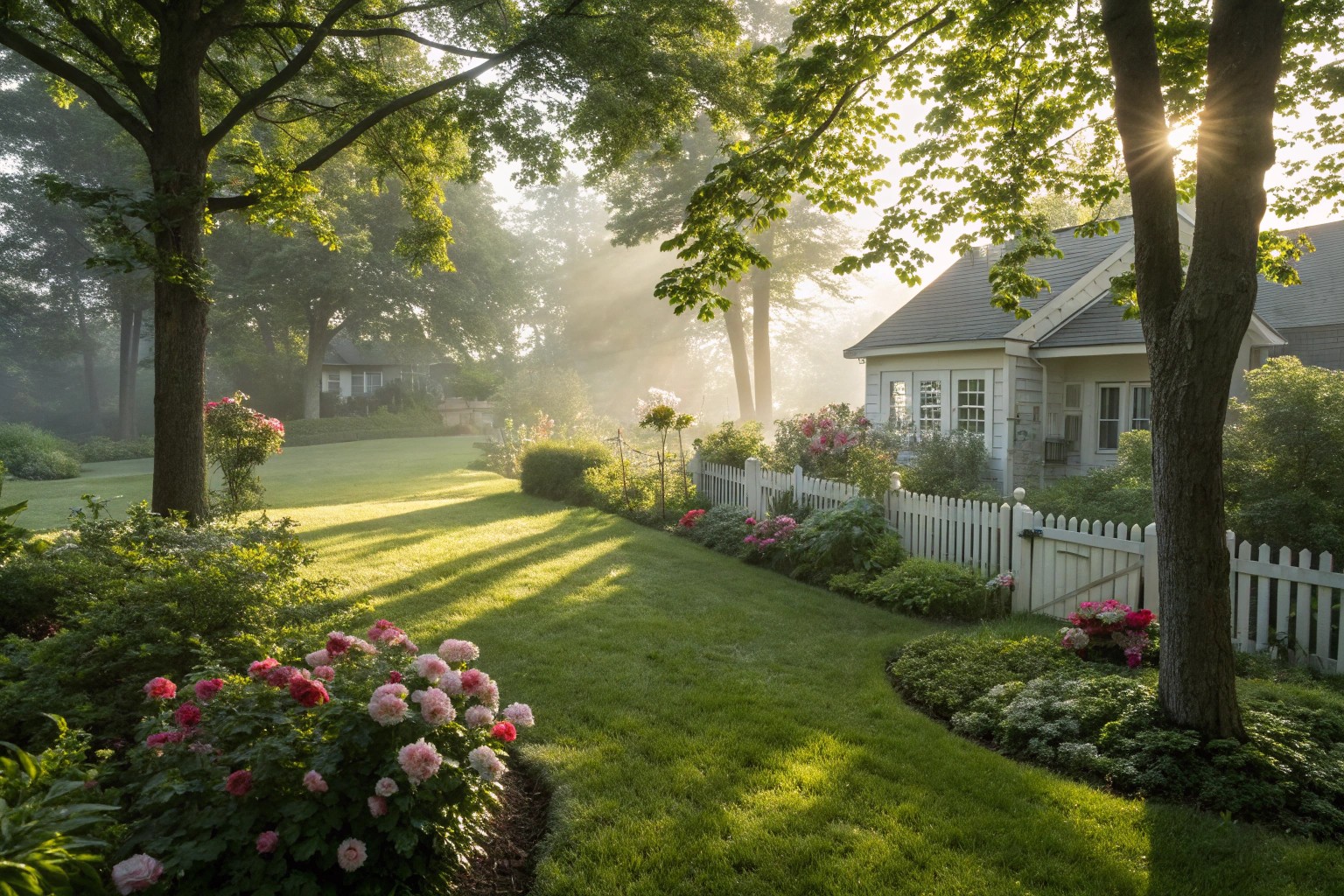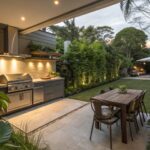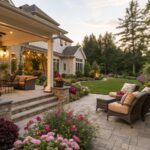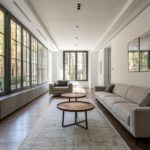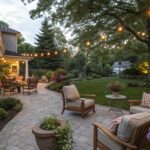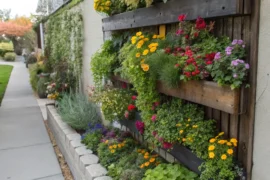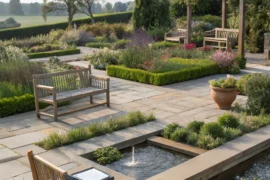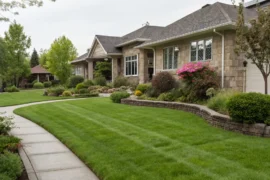The fundamental magic of garden design lies not just in its three dimensions but in the fourth dimension of time. Unlike interior spaces, gardens transform hour by hour, day by day, season by season. As light shifts, temperatures fluctuate, and plants respond to these changes, your garden becomes a dynamic tableau. This guide explores how to design intentionally for specific times of day, creating outdoor spaces that offer unique experiences from dawn to dusk.
Understanding Light Patterns: The Foundation of Time-Based Garden Design
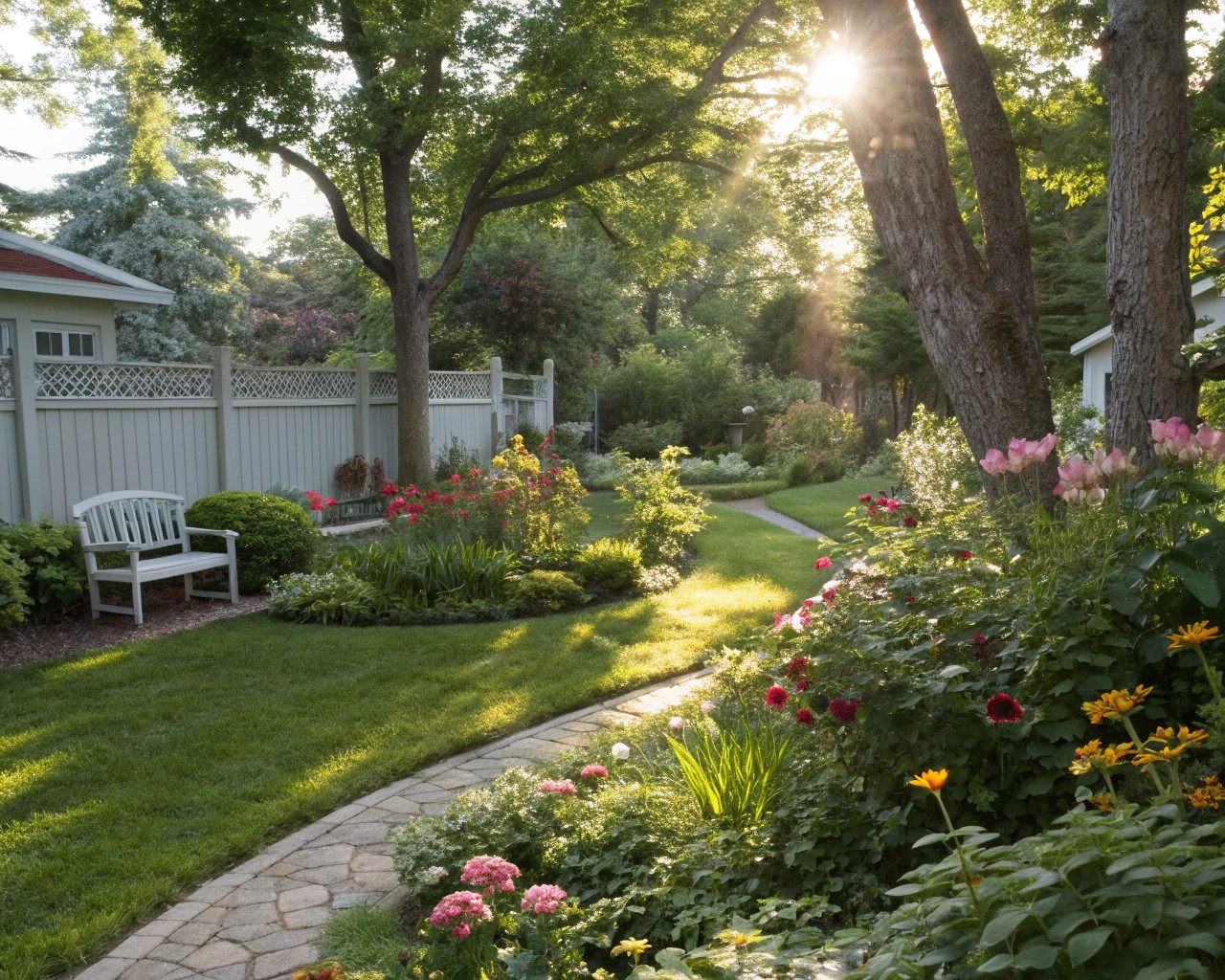
Before placing a single plant or paver, you must understand your garden’s relationship with light. This knowledge forms the bedrock of any time-based garden design.
Tracking Sun Patterns
The way sunlight moves across your garden dictates everything from plant selection to furniture placement. I’ve found that most homeowners have only a vague understanding of their garden’s light patterns, often leading to misplaced features and struggling plants.
To properly track your garden’s sun patterns:
- Note your garden’s aspect (north, south, east, or west-facing)
- Observe sun movement at different times of day across all seasons
- Map sunny and shady areas for morning, midday, and afternoon
- Identify how light quality changes (harsh midday sun versus golden evening light)
- Document seasonal variations in sun patterns
This exercise can yield surprising insights. One client in Connecticut remarked after completing it, “I had no idea our pergola location was completely wrong for summer evenings. No wonder we never used it!”
| Garden Aspect | Morning Light | Midday Light | Afternoon/Evening Light | Best Uses |
|---|---|---|---|---|
| North-Facing | Cool, indirect | Minimal direct sun | Cool, indirect | Shade gardens, morning meditation spaces |
| East-Facing | Bright, direct morning sun | Increasingly shaded | Mostly shaded | Breakfast areas, morning work spaces |
| South-Facing | Strong light | Strongest, most direct | Strong, direct | Full-sun plants, winter lounging areas |
| West-Facing | Shaded | Increasingly sunny | Warm, golden light | Evening entertaining, sunset viewing |
Morning Gardens: Embracing the Dawn
Morning gardens should capture the gentle energy of dawn—refreshing, hopeful, and invigorating. When designing for early hours, I prioritize spaces that enhance the ritual of beginning a new day.
Design Principles for Morning Spaces
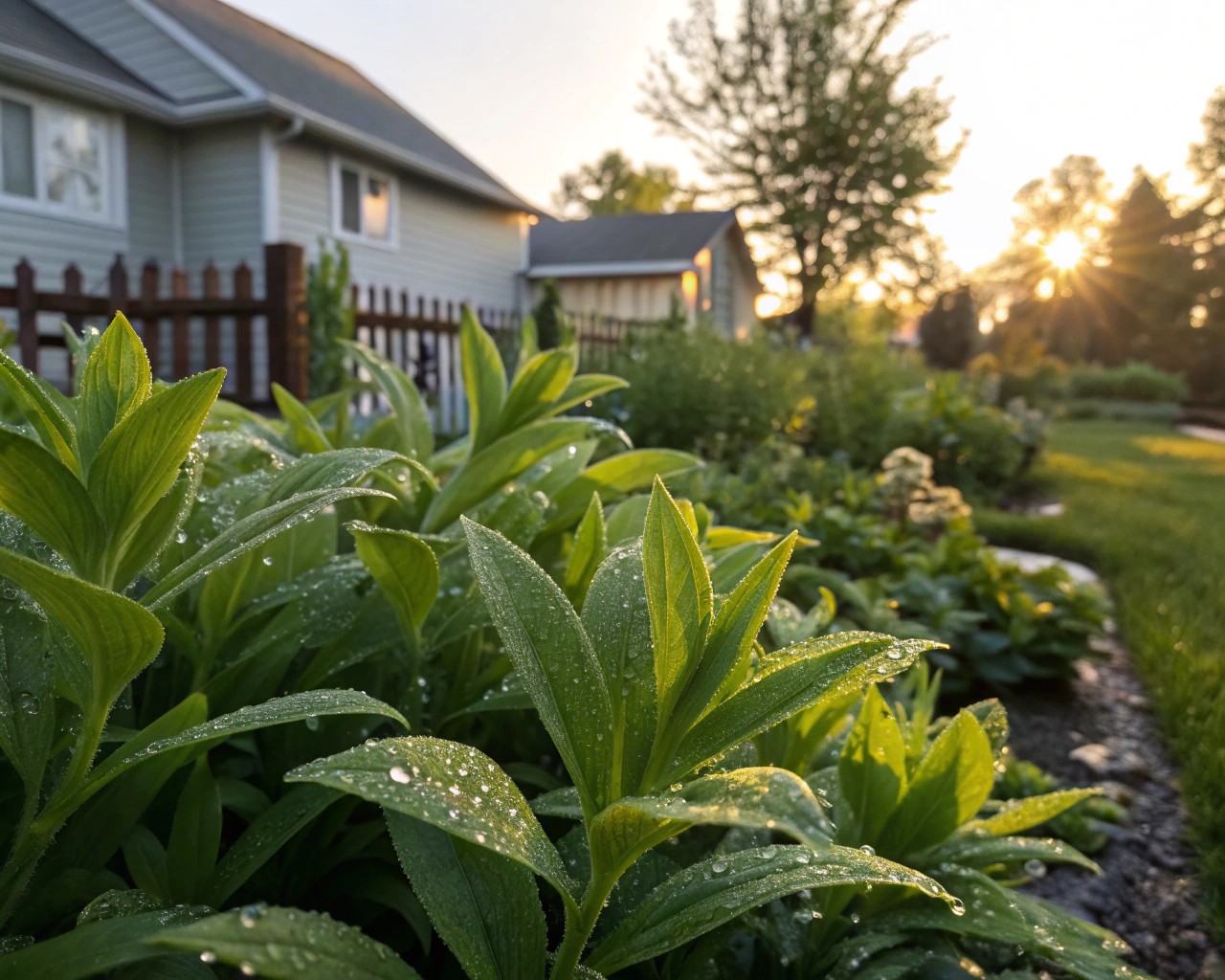
Location: East-facing areas capture morning sun perfectly. In one Massachussets project, we transformed a previously unused eastern corner into a cherished breakfast nook that became the client’s favorite spot for morning coffee and journaling.
Materials: Cool-toned materials like light gray stone or pale wood feel appropriate for morning spaces. These materials reflect rather than absorb early light, maintaining the refreshing quality of dawn.
Plant Selection: Morning-oriented plants include:
- Flowers that open with daylight (morning glories, California poppies)
- Plants with translucent leaves that glow when backlit by morning sun
- Dew-catching ornamental grasses
- Plants with pronounced morning fragrance like jasmine
Client Story: The Artist’s Morning Studio
For a painter in Vermont, we designed a morning garden that doubled as an outdoor studio. She emphasized the importance of natural light, stating, “The quality of morning light is everything for my work.” We positioned her seating to catch the eastern light while a small grove of paper birches filtered the light beautifully. The white bark reflected the golden morning sun, creating a luminous quality she felt was impossible to achieve indoors.
Midday Gardens: Managing the Full Sun Hours
Midday presents the greatest challenge for garden designers—harsh light, heat, and often reduced outdoor activity as people retreat indoors. Yet with thoughtful design, midday gardens can become refreshing oases.
Creating Comfortable Midday Spaces
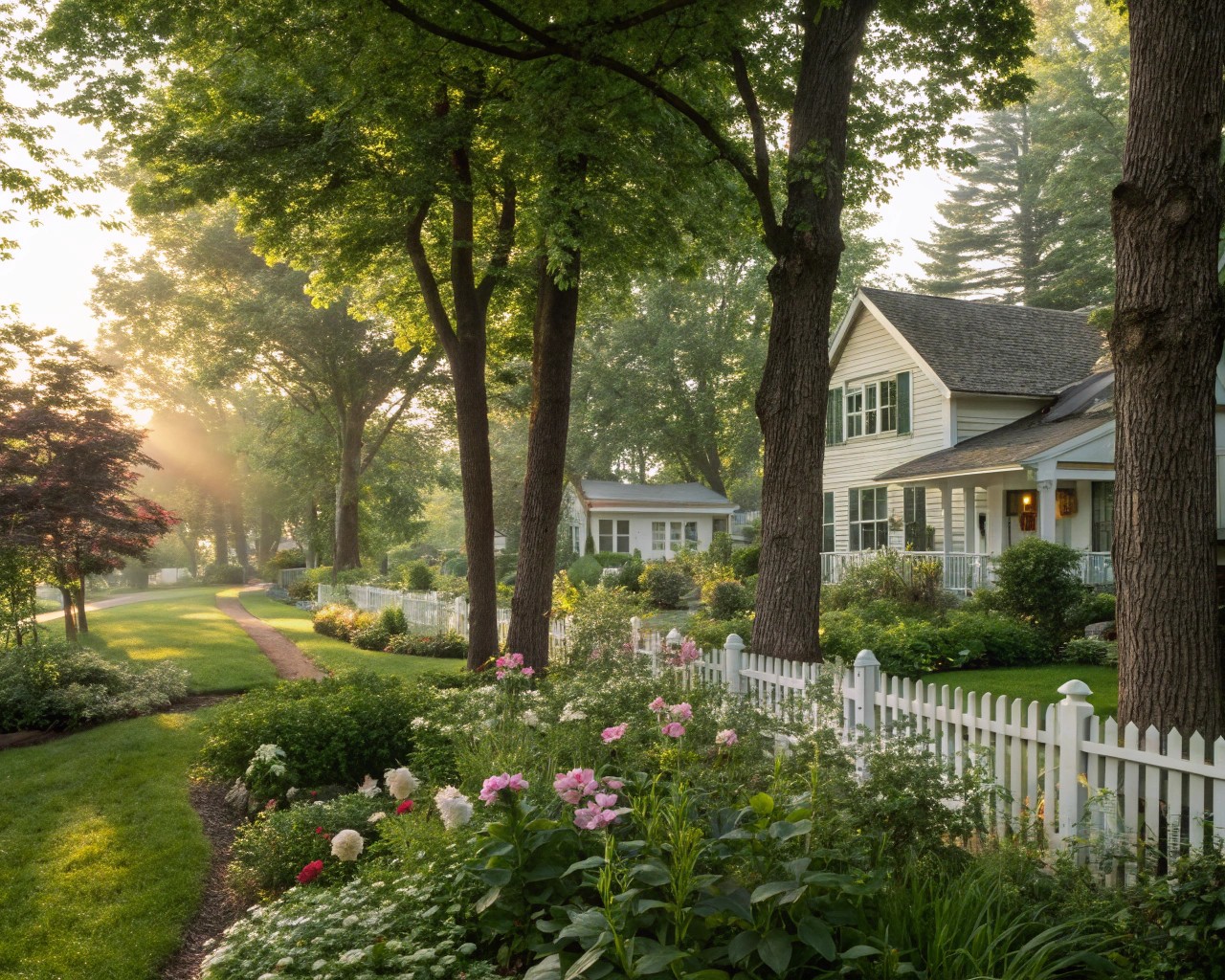
The key to successful midday gardens is managing heat and glare while maintaining visual interest:
- Strategic Shade: Incorporate pergolas, shade sails, or trees positioned to block the harshest midday sun
- Cooling Elements: Water features provide both visual interest and evaporative cooling
- Heat-Tolerant Plants: Select species that look vibrant even in full sun
- Reflective Surfaces: Use carefully—they can create unwanted glare
- Seating Materials: Choose options that don’t become uncomfortably hot (avoid dark metals)
A project in Phoenix exemplified this approach, where we created a courtyard design functioning as its own microclimate. Inspired by traditional desert architecture, the O-shaped house with a central courtyard provided continuous shade throughout the day while enabling cross-ventilation.
Plant Palette for Midday Gardens
Plants that thrive in and enhance midday gardens include:
- Silver-leaved Mediterranean herbs (lavender, rosemary, sage)
- Architectural succulents and cacti
- Drought-tolerant grasses with movement
- Plants with scent that intensifies in heat (thyme, mint family)
Afternoon Gardens: The Transitional Hours
Afternoon gardens bridge the active energy of day and the relaxation of evening. These spaces often serve as transitional zones, supporting activities that unfold as the day progresses toward sunset.
Design Elements for Afternoon Gardens
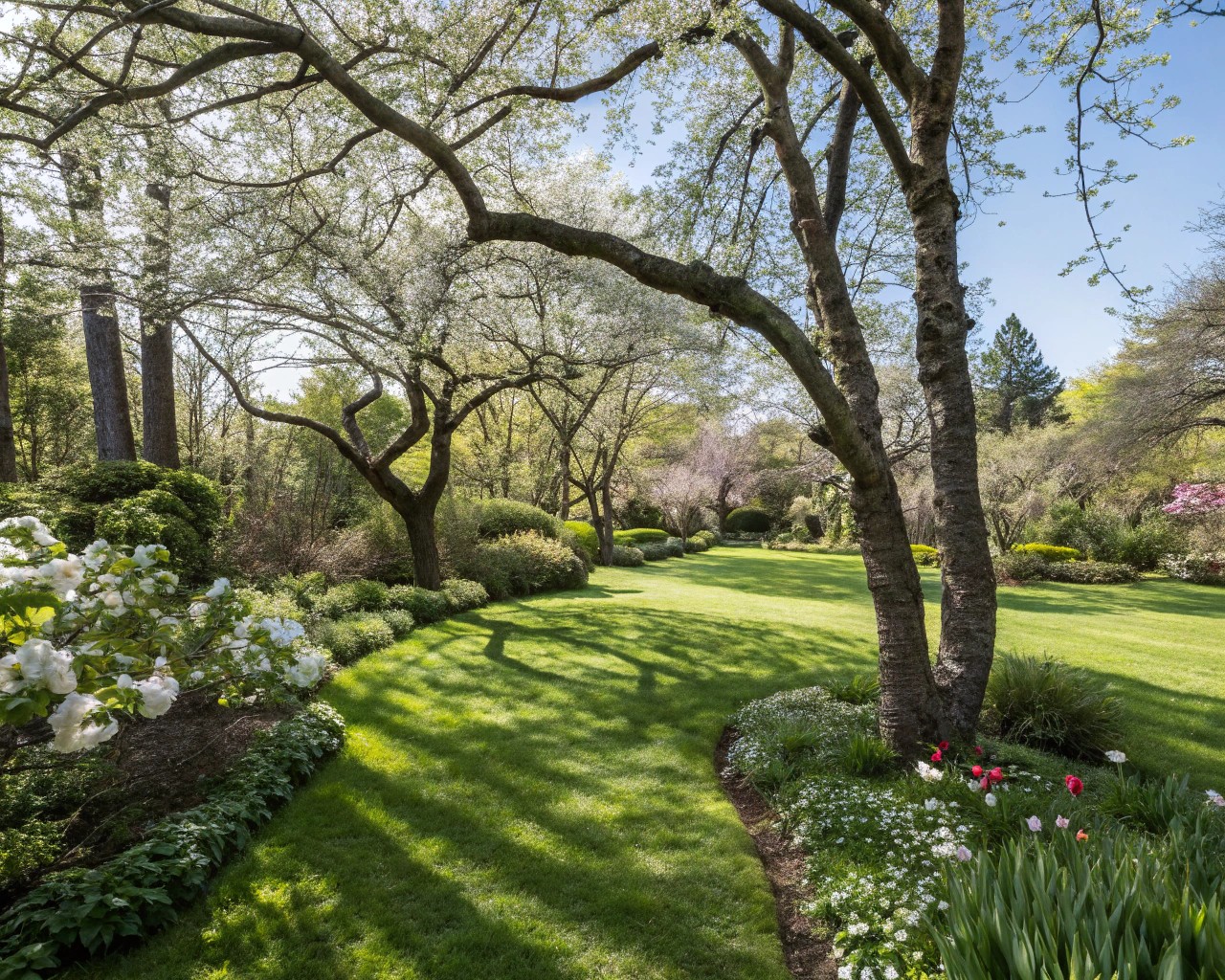
Location: Western exposures capture the golden afternoon light beautifully but require heat management.
Seating: Afternoon gardens benefit from flexibility. We often incorporate:
- Movable seating that can adjust with the shifting sun
- Lounge furniture for afternoon relaxation
- Partially shaded areas allowing choice between sun and shade
Plants and Features: Select elements that come alive in afternoon light:
- Grasses and plants with translucent seed heads that glow when backlit
- Plants with interesting silhouettes for shadow play
- Materials that warm in appearance as the sun lowers (copper, brass, warm stone)
In one coastal Massachusetts garden, we positioned an afternoon reading area beneath a strategic canopy of honey locusts. Their filtered shade creates a dappled light effect that’s never too dark yet provides relief from direct sun. The client shares that “the way the light flickers through the leaves creates a mesmerizing pattern that makes reading here so much more immersive than indoors.”
Evening Gardens: Designing for Sunset and Beyond
Evening gardens should be sensory experiences that extend the enjoyment of outdoor spaces well after sunset. These are the spaces where memory-making often happens—dinner parties, conversation, reflection.
Creating Magical Evening Spaces
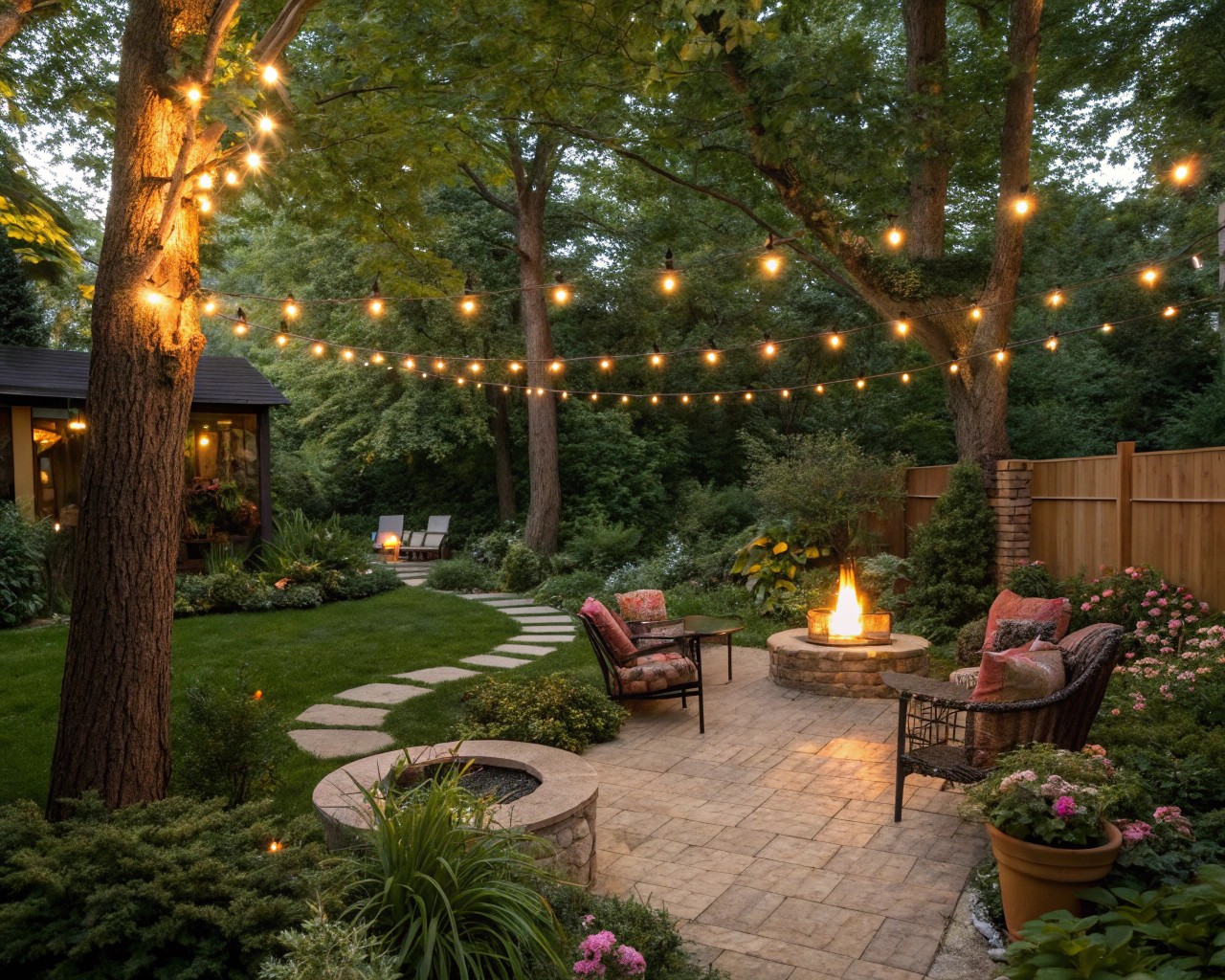
Evening garden design brings unique considerations:
Visibility: As light fades, colors shift dramatically:
- White and pale yellow flowers remain visible longest
- Red, blue, and purple recede quickly into darkness
- Silver and variegated foliage maintain visibility into twilight
Fragrance: Evening gardens should be fragrance-forward:
- Position scented plants near seating areas
- Choose plants with evening-intensified fragrance (night-blooming jasmine, evening primrose)
- Remember that fragrance carries better in humid evening air
Lighting: Thoughtful lighting transforms evening gardens:
- Uplighting trees creates dramatic silhouettes
- Path lighting ensures safety and defines boundaries
- String lights add festive, starry quality
- Candles and fire features create gathering points
Case Study: The Entertainer’s Twilight Garden
For clients who frequently host dinner parties, we designed a garden specifically optimized for evening use. The west-facing space captures sunset views, with a dining area positioned to enjoy the changing sky colors.
Key design elements included:
- White-flowering plants bordering the dining area that remain visible after sunset
- Strategically placed fragrant climbers (star jasmine) near seating
- A fire pit that serves as both visual focal point and extends outdoor use into cooler evenings
- Multi-level lighting that can be adjusted depending on the occasion
The impact was significant. “We used to head inside after sunset,” the client noted, “but now our garden comes alive at night. The transition from daylight to evening feels magical, and our guests never want to leave.”
Creating a Comprehensive Garden of Hours
The most successful gardens incorporate elements for each time of day, allowing the space to function from dawn to dusk. This requires thoughtful zoning and circulation planning.
Mapping Your Garden of Hours
Create a time-based zonation plan:
- Map morning, midday, afternoon, and evening activity zones
- Ensure logical flow between these spaces
- Consider how spaces might serve dual purposes at different times
Integrate transitional elements:
- Pathways that guide movement between time-specific zones
- Plantings that offer different experiences throughout the day
- Flexible furniture that can be repositioned as needed
Apply the “law of significant enclosure”:
- Make vertical elements at least one-third the length of horizontal spaces to create a sense of refuge
- Use this principle to modulate feelings of enclosure and openness throughout the garden
Plant Selection for Around-the-Clock Interest
| Time of Day | Plant Characteristics | Recommended Plants |
|---|---|---|
| Morning | Morning-opening flowers, dew-catching foliage | Morning glory, Echinacea, Ornamental grasses |
| Midday | Heat and sun tolerance, drought resistance | Lavender, Rosemary, Succulents, Olive trees |
| Afternoon | Translucent when backlit, striking silhouettes | Fountain grass, Japanese maples, Alliums |
| Evening | Light-colored, fragrant, reflective | White roses, Nicotiana, Evening primrose, Variegated hostas |
Seasonal Adaptations for Your Garden of Hours
The perfect morning spot in summer may be too cold in winter. Seasonal shifts require adaptable design.
Designing for Year-Round Use
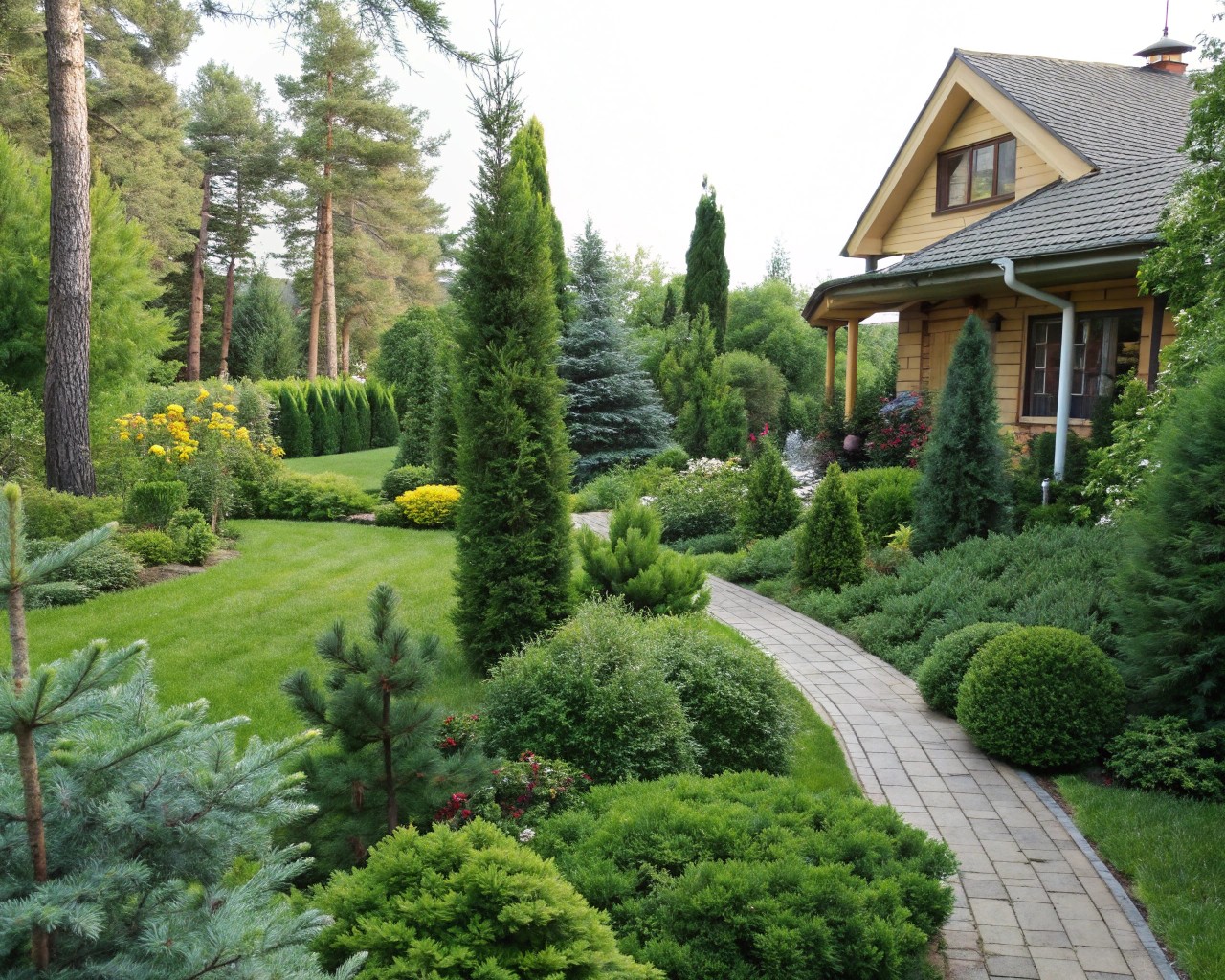
Creating gardens that function throughout the year requires:
- Flexible seating options that can be repositioned seasonally
- Windbreaks and sun pockets for extending seasonal use
- Evergreen structural plants for year-round definition
- Hardscape elements that perform well in all seasons
When working with a client in Chicago with limited outdoor space, we developed a concept we termed “the migratory garden.” Key seating areas were designed to shift seasonally—the morning breakfast nook moved from an eastern spot in summer to a protected southern exposure in winter. A wheeled container garden featuring seasonal plants moved along with the seating, creating a dynamic garden experience that adapted to the changing seasonal light.
Practical Implementation Tips
Bringing the Garden of Hours concept to life requires both planning and experimentation.
Start With Observation
Before making any changes:
1. Track how you naturally use your garden throughout the day
2. Note where light falls at different hours
3. Identify problem areas (too hot, too dark, uncomfortable)
4. Consider how your ideal day would unfold outdoors
Begin With One Time-Specific Garden
Rather than tackling your entire outdoor space at once, start by perfecting a garden for one specific time of day that matters most to you:
- If you’re a morning person, create the perfect breakfast or coffee garden
- If you entertain frequently, focus on your evening garden
- If weekends are your garden time, optimize for afternoon relaxation
In my own garden, focusing initially on an evening space made sense because entertaining is our priority. Only after optimizing that zone did we address the morning and midday areas.
Furniture and Materials Selection
Choose materials appropriate for their time-zone use:
- Morning spaces: Opt for quick-drying materials that won’t remain damp with morning dew
- Midday spaces: Select heat-resistant, cool-to-touch materials
- Evening spaces: Choose comfortable furniture that encourages lingering
https://www.housebeautiful.com/uk/garden/designs/a495/garden-design-ideas/
https://www.gardensillustrated.com/garden-design/time-garden-design

